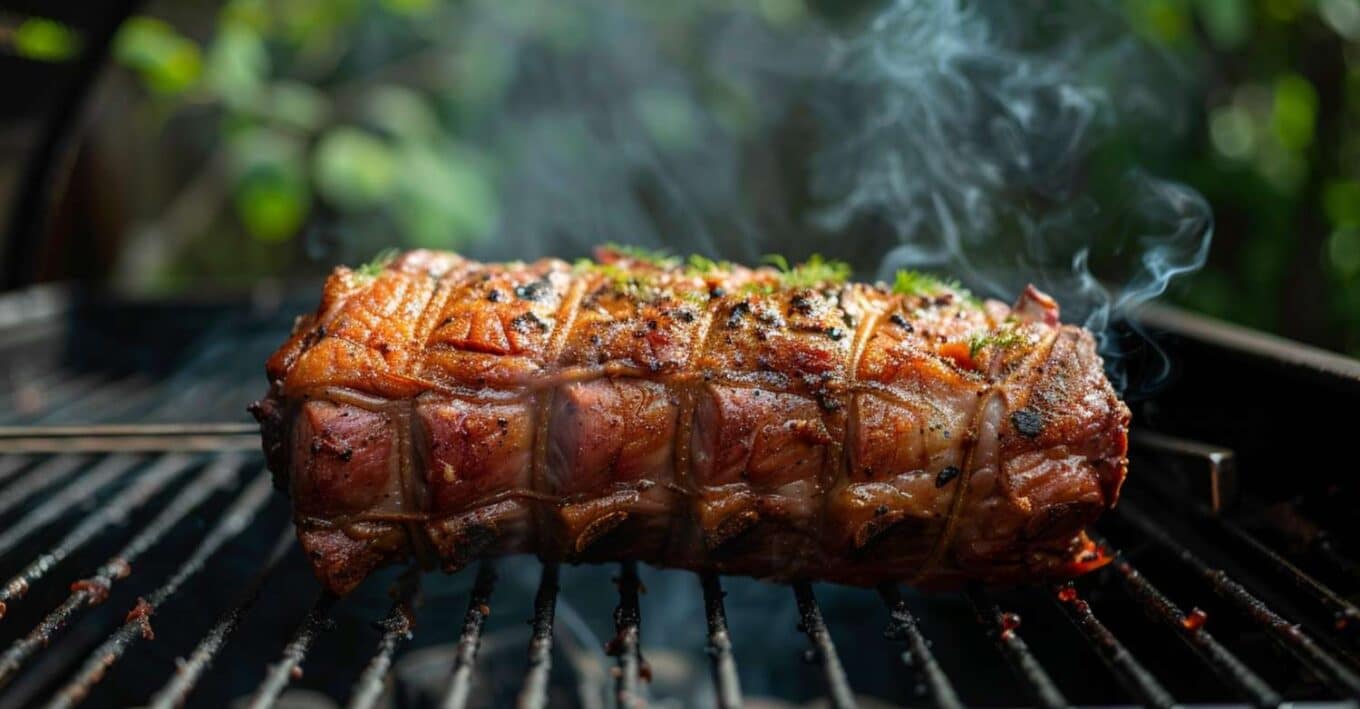Smoking a 10lb pork shoulder might seem challenging, especially for beginners.
The thought of ending up with dry, overcooked meat or undercooked, tough pork can be disheartening, making you hesitate even to attempt the task.
But fear not! In this guide, we’ll walk you through the steps to achieve tender, juicy pulled pork that will have your friends and family raving.
We’ve got you covered, from selecting the perfect cut to understanding the optimal temperature and smoking time.
So, grab your favorite beverage, fire up the smoker, and let’s learn to master the art of mastering a luscious 10lb pork shoulder.
Preparations for Smoking Pork Butt
1. Selection of Pork Butt
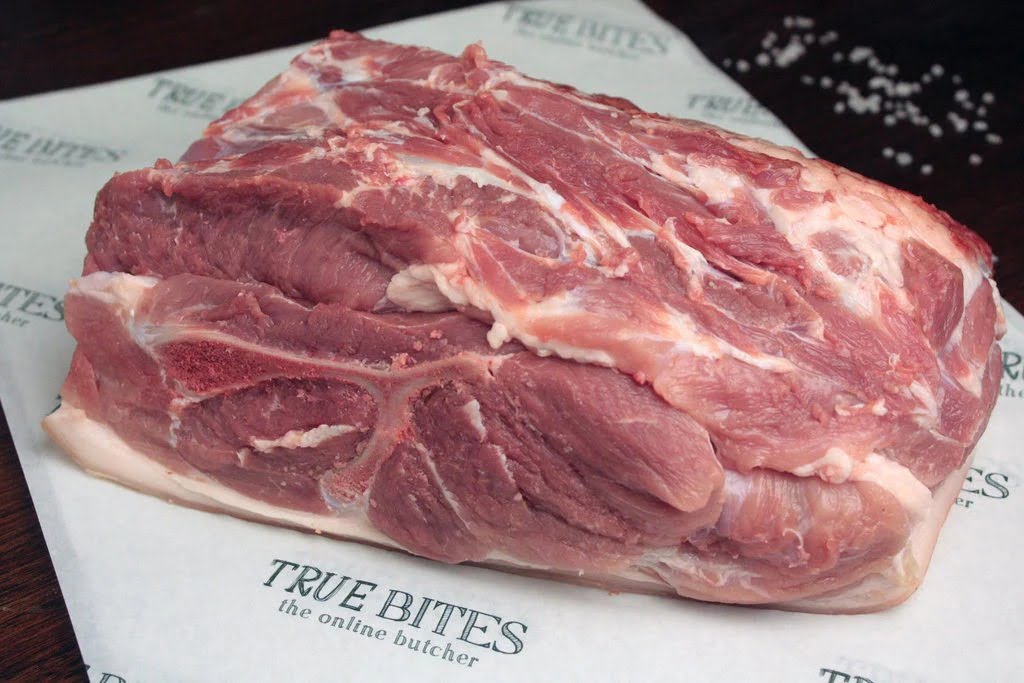
Choosing the right cut of pork is essential for achieving the best results when smoking a 10lb pork shoulder.
The quality and type of pork you select will greatly impact your smoked pork’s final texture, flavor, and overall success.
When shopping for pork shoulder, you’ll typically find two main options: bone-in and boneless.
- Bone-in pork shoulder tends to be more flavorful, as the bone helps to keep the meat moist during the lengthy smoking process.
- However, boneless pork shoulder can be easier to work with and may cook more evenly.
Ultimately, the choice between bone-in and boneless comes down to personal preference.
For the best results, look for a pork shoulder that weighs between 8 and 10 pounds, with a good amount of marbling and a thick, even fat cap. Fat will help keep the meat moist and flavorful during smoking.
If possible, choose a nice pinkish pork shoulder and avoid any cuts with excessive grayness or discoloration.
2. Necessary Equipment
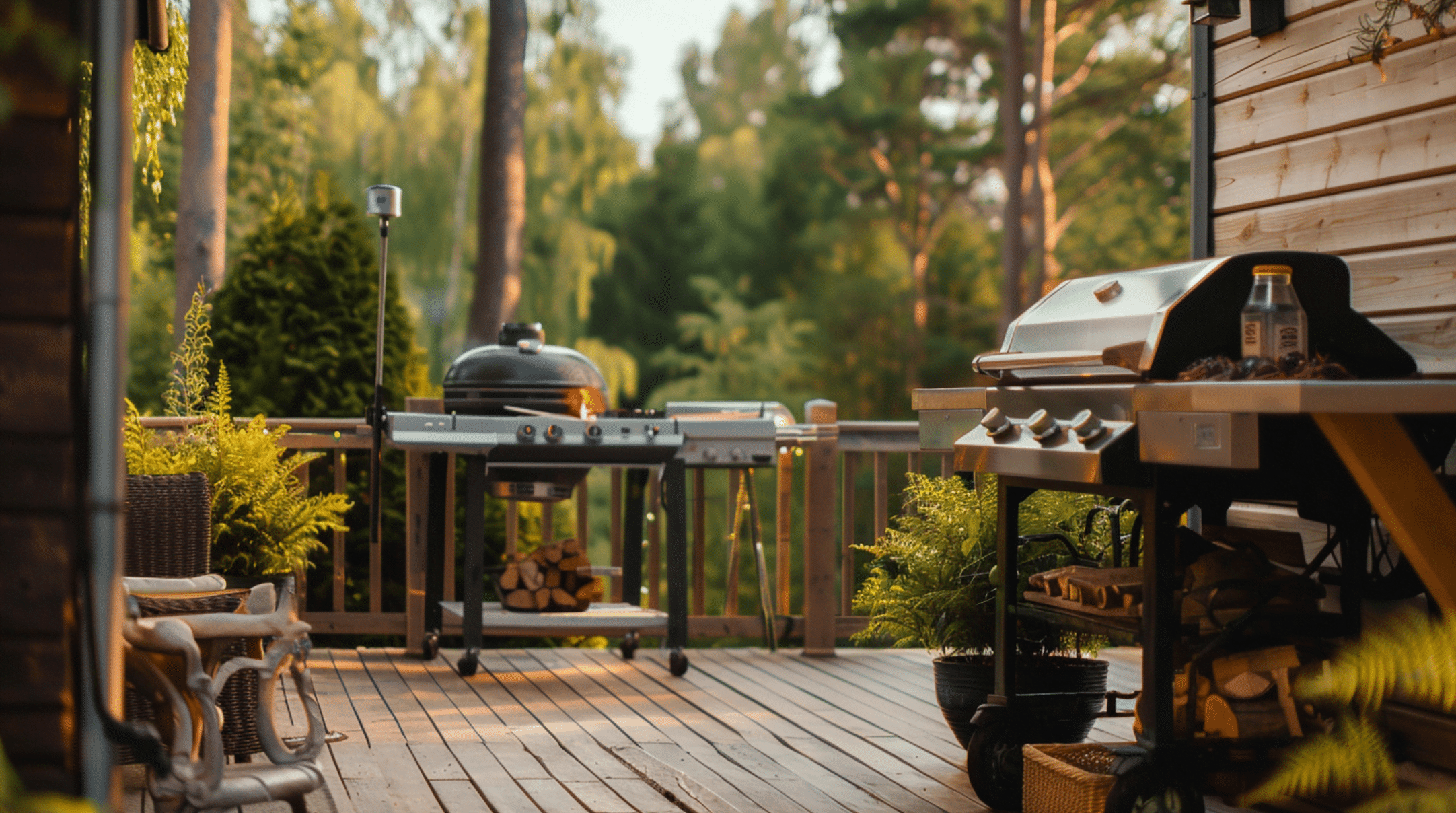
Having the right equipment is crucial for successfully smoking a 10lb pork shoulder.
A reliable smoker or grill is the most important tool you’ll need.
Whether you use a dedicated smoker or a grill with smoking capabilities, ensure that it can maintain a consistently low temperature for an extended period.
In addition to a smoker or grill, you’ll need a high-quality meat thermometer to monitor the internal temperature of the pork throughout the smoking process.
This will help you avoid overcooking or undercooking the meat. Look for a thermometer with a probe that can be left in the meat while it cooks, as this will allow you to track the temperature without opening the smoker or grill.
Other essential smoking accessories include wood chips or pellets for adding smoky flavor, a spray bottle for spritzing the meat if needed, and aluminum foil or butcher paper for wrapping the pork during the later stages of cooking.
3. Ingredients and Seasonings
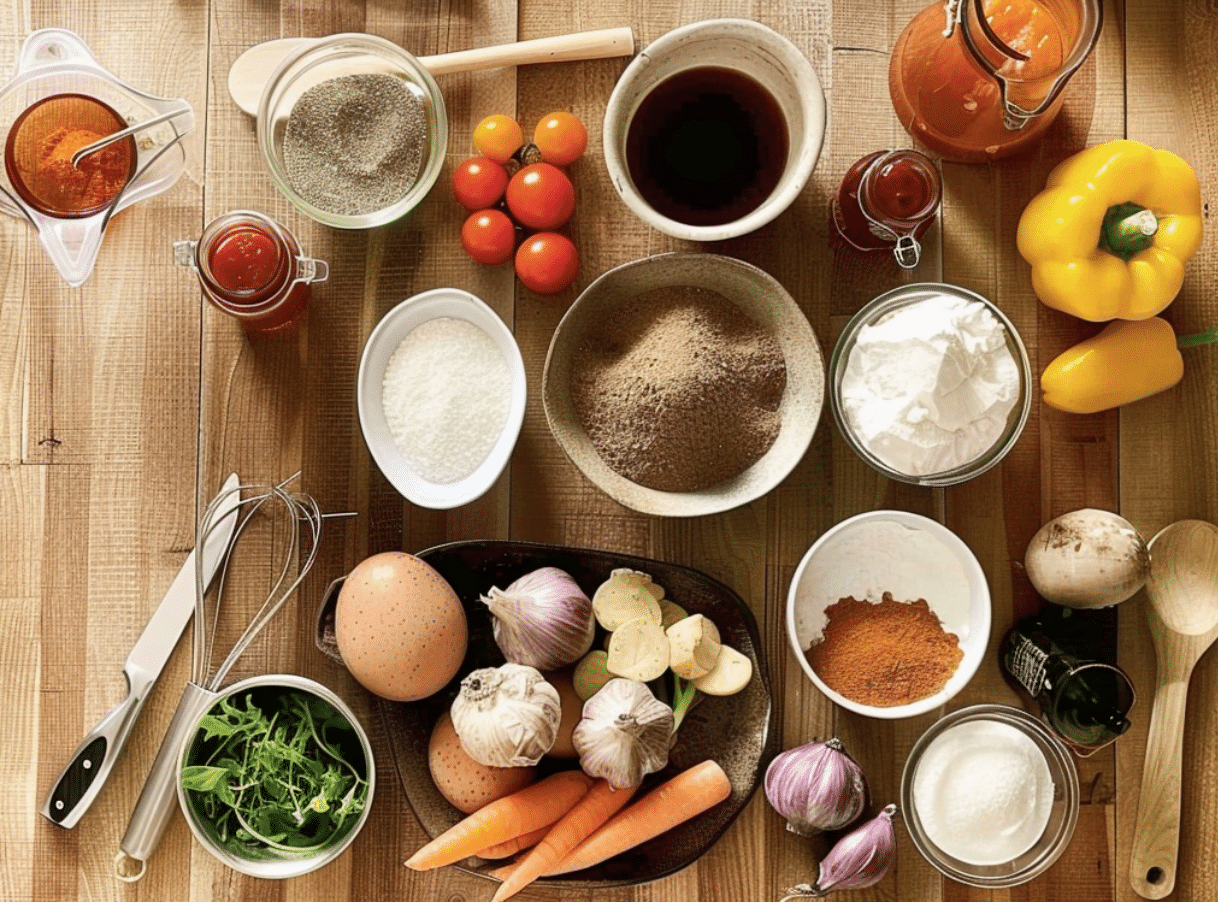
The right combination of seasonings and marinades can take your smoked pork shoulder to the next level, enhancing its natural flavors and creating a delicious, well-balanced profile.
When seasoning your pork, a simple dry rub is often all you need.
A basic dry rub for pork shoulder might include brown sugar, paprika, garlic powder, onion powder, salt, and black pepper.
Experiment with different ratios and ingredients to find a blend that suits your taste preferences.
If you want to add extra flavor and moisture to your pork, consider using a marinade or injection.
A marinade made with apple juice, apple cider vinegar, and your favorite seasonings can help to tenderize the meat and infuse it with flavor. Injecting the pork with a mixture of broth, apple juice, and seasonings can also help to keep it moist and flavorful during the long smoking process.
Remember, when it comes to seasonings and marinades, it’s essential to find a balance that complements the natural flavor of the pork without overpowering it.
Smoking Process Detailed
1. Preparation Phase
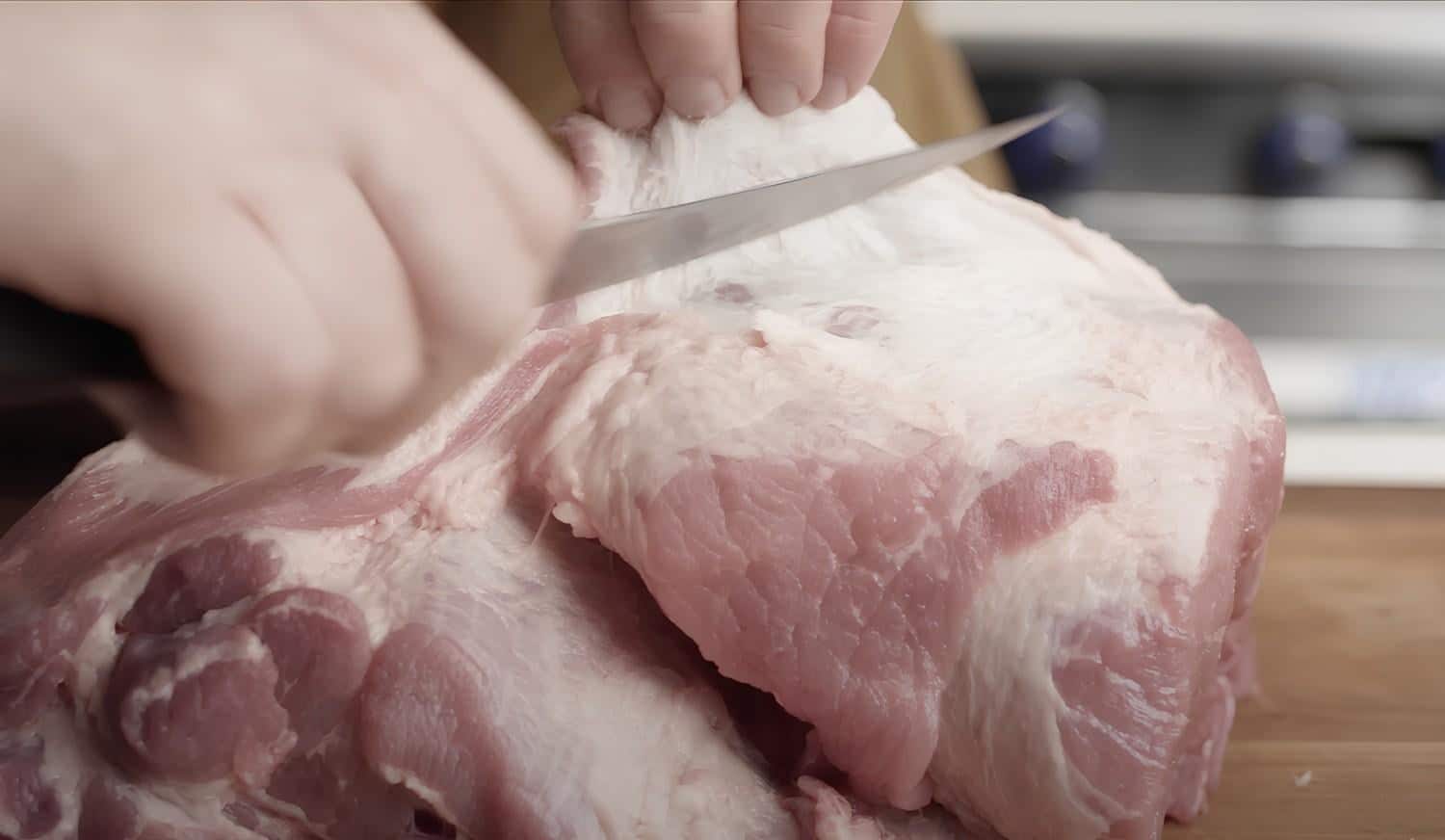
Before diving into the smoking process, preparing your pork shoulder properly is crucial.
Start by trimming any excess fat from the surface of the meat, leaving a thin layer (about 1/4 inch) to help keep the pork moist during cooking.
If using a rub, apply it generously to all sides of the pork, massaging it into the meat for maximum flavor penetration. If you’re using a marinade, place the pork in a large container or resealable bag and refrigerate it for at least 6 hours or overnight.
While the pork is absorbing the flavors, preheat your smoker to 225°F.
This low and slow temperature is key to breaking down the tough connective tissues in the pork shoulder, resulting in tender, juicy meat.
Make sure to fill your smoker’s water pan, which will help maintain a humid environment and prevent the pork from drying out.
2. Smoking Phase
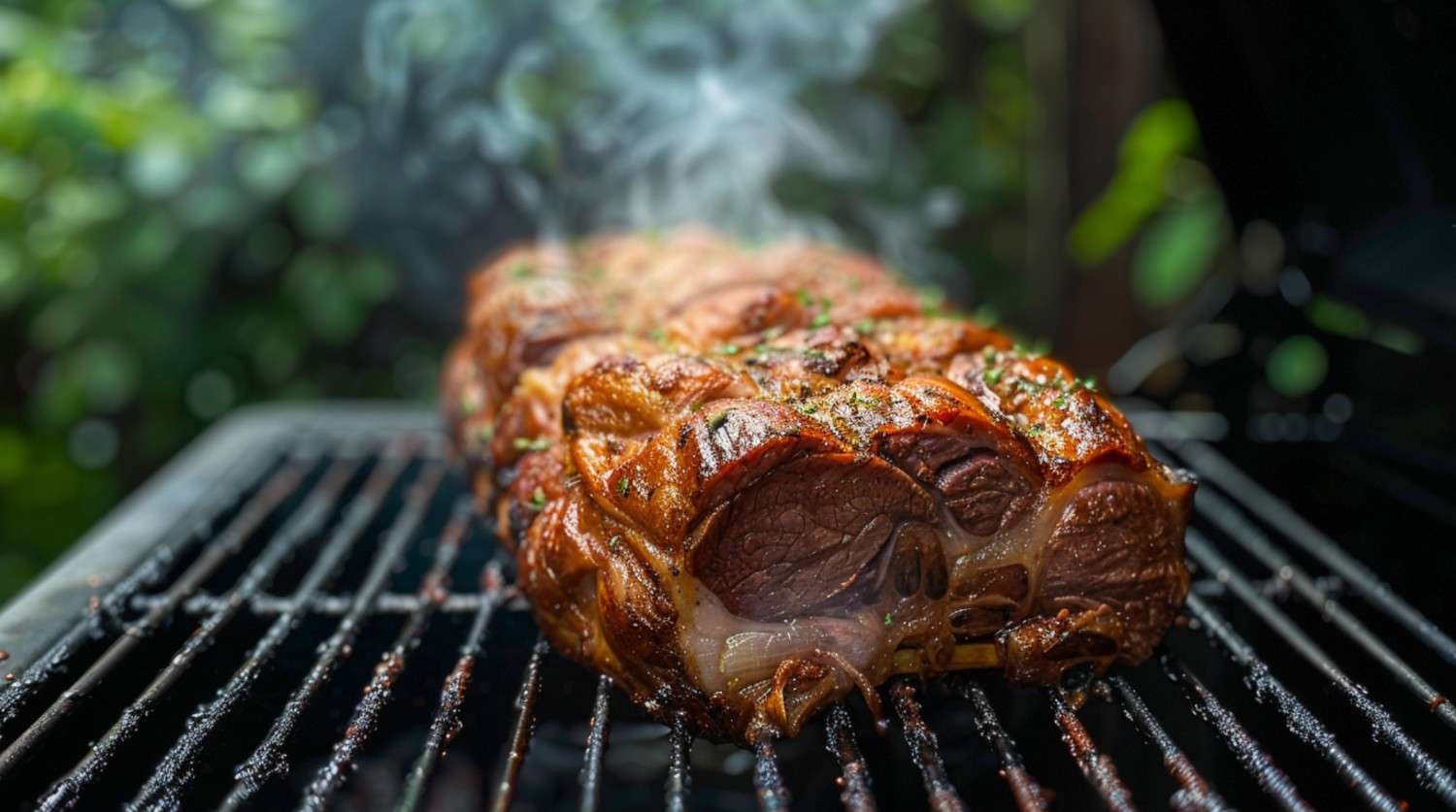
Once your smoker has reached a stable temperature of 225°F, place the prepared pork shoulder on the grates, fat side up.
This positioning allows the fat to render down, basting the meat as it cooks. Close the smoker lid and let the magic happen.
During the smoking process, monitor the internal temperature of the pork using a reliable meat thermometer.
Aim for an internal temperature of 195-205°F, which typically takes about 1.5 to 2 hours per pound of meat.
Resist the urge to open the smoker lid frequently, as this can cause temperature fluctuations and prolong the cooking time.
As the pork smokes, you may need to periodically add more wood chunks or chips to maintain a consistent level of smoke. Hardwoods like hickory, oak, or applewood pair well with pork, imparting a rich, smoky flavor.
3. Wrapping and Finishing
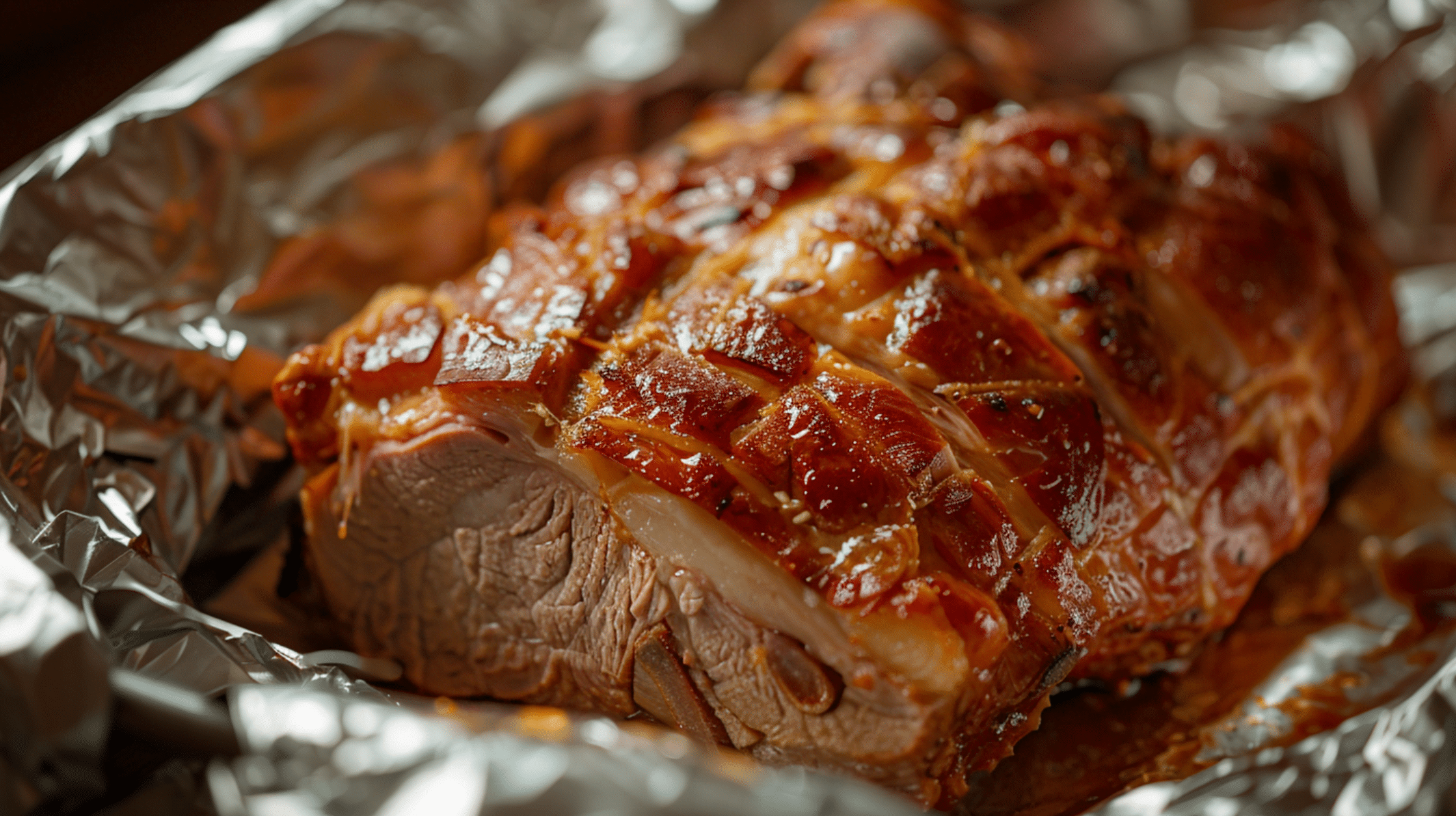
Once your pork shoulder reaches an internal temperature of around 165°F, it’s time to wrap it.
This step, often called the “Texas Crutch,” helps to push through the stall (a point at which the internal temperature of the meat seems to plateau) and speed up the cooking process.
Remove the pork from the smoker and wrap it tightly in aluminum foil or butcher paper.
If using foil, you can add a liquid like apple juice or broth to the packet to enhance moisture and flavor. Return the wrapped pork to the smoker and continue cooking until it reaches an internal temperature of 195-205°F.
Wrapping the pork not only helps it cook faster but also results in a more tender and juicy final product.
The added moisture from the wrapping process helps to break down the tough connective tissues, creating a melt-in-your-mouth texture.
Post-Smoking Handling
1. Resting the Pork Butt
After your pork shoulder has reached the desired internal temperature, remove it from the smoker and let it rest for at least 45 minutes to an hour.
This resting period is crucial, as it allows the juices to redistribute throughout the meat, ensuring a juicy and flavorful final product.
To keep the pork warm during the resting phase, wrap it in a layer of aluminum foil and then in a clean towel. Place the wrapped pork in a cooler or insulated container to maintain its temperature.
This technique, known as “faux Cambro,” can keep your pork hot and ready to serve for several hours.
2. Pulling the Pork
Once your pork shoulder has rested, it’s time to pull or shred the meat.
Using heat-resistant gloves, remove the pork from the wrapping and place it on a large cutting board.
If you’ve cooked a bone-in pork shoulder, start by removing the bone, which should easily slide out of the tender meat.
Using two forks, gently pull the pork apart, shredding it into bite-sized pieces. As you pull the meat, be sure to discard any large pieces of fat or connective tissue.
Mix the shredded pork with any accumulated juices on the cutting board to ensure an even distribution of flavor and moisture.
3. Serving Suggestions
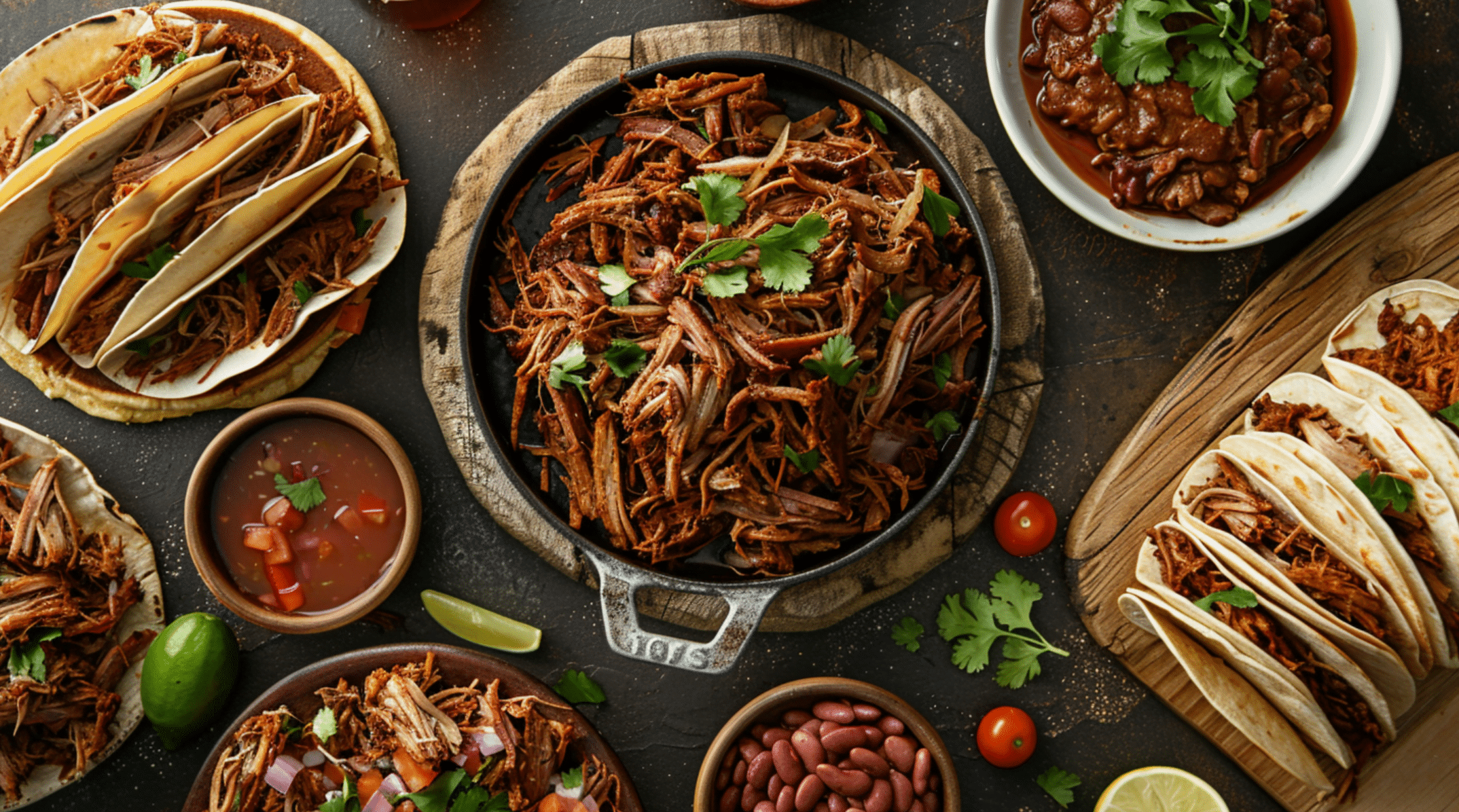
Smoked pulled pork is incredibly versatile and can be served in a variety of ways.
One classic option is to pile the shredded pork onto a soft bun and top it with your favorite barbecue sauce and coleslaw. This combination of tender meat, tangy sauce, and crunchy slaw creates a perfect balance of flavors and textures.
Another serving idea is to use the pulled pork as a filling for tacos or burritos, topped with fresh salsa, avocado, and a squeeze of lime. You can also incorporate smoked pulled pork into dishes like macaroni and cheese, nachos, or even breakfast hash.
For a more traditional barbecue spread, serve the pulled pork alongside classic sides like baked beans, potato salad, and grilled corn on the cob. Don’t forget to offer a variety of barbecue sauces on the side, allowing your guests to customize their plates to their liking.
Troubleshooting Common Issues
1. Managing Temperature Fluctuations
One of the biggest challenges when smoking a pork shoulder is maintaining a consistent temperature throughout the cooking process. Temperature fluctuations can lead to uneven cooking, prolonged cooking times, or even dried-out meat.
To minimize temperature fluctuations, start by ensuring that your smoker is properly calibrated and functioning correctly.
Regularly check the temperature gauge and adjust the vents or fuel supply as needed to maintain a stable temperature around 225°F.
If you notice a sudden drop in temperature, check your fuel levels and add more charcoal or wood as needed.
If the temperature spikes, partially close the vents to reduce airflow and bring the temperature back down.
2. Dealing with the “Stall”
During the smoking process, you may encounter a phenomenon known as the “stall” – a period where the internal temperature of the pork seems to plateau around 150-170°F.
This occurs when the moisture on the surface of the meat evaporates, cooling the pork and slowing down the cooking process.
To push through the stall, you can try wrapping the pork in aluminum foil or butcher paper, as mentioned earlier. This technique helps to trap moisture and heat, allowing the pork to continue cooking at a steady pace.
Another option is to increase the temperature of your smoker to around 250-275°F slightly. This higher heat can help to power through the stall, but be sure to monitor the pork closely to avoid overcooking.
3. Ensuring Juiciness and Flavor
One of the most important factors in achieving a juicy and flavorful smoked pork shoulder is maintaining moisture throughout the cooking process.
In addition to using a water pan in your smoker and wrapping the pork during the stall, you can try spritzing the meat with a liquid like apple juice or broth every hour or so. This helps to keep the surface of the pork moist and can add an extra layer of flavor.
Choosing the right wood for smoking can also greatly impact the flavor of your pork.
Hickory, applewood, and oak are popular choices for pork shoulder, as they provide a rich, smoky flavor without overpowering the meat. Experiment with different wood combinations to find the perfect balance for your taste preferences.
Advanced Tips and Techniques
For those looking to take their smoked pork shoulder to the next level, there are several advanced techniques to consider.
- One option is to brine the pork before smoking, which helps to tenderize the meat and infuse it with flavor.
- Another advanced technique is to inject the pork with a marinade using a meat injector. This allows you to distribute the marinade evenly throughout the meat, ensuring a flavorful and moist final product.
- Experimenting with different types of wood is another way to elevate your smoked pork shoulder. While hardwoods like hickory and oak are classic choices, try mixing in some fruitwoods like cherry or apple for a subtle sweetness.
- Finally, investing in a high-quality, wireless meat thermometer can make the smoking process much easier and more precise.
Conclusion
Mastering the art of smoking a 10lb pork shoulder is a satisfying and rewarding experience.
By following the steps outlined in this guide, from selecting the right cut and equipment to maintaining the optimal temperature and moisture levels throughout the smoking process, you can create a mouth-watering, tender, and flavorful pulled pork that will impress your friends and family.
Remember, the key to success is patience and practice.
Don’t be afraid to experiment with different rubs, marinades, and wood combinations to find your perfect flavor profile.
With time and experience, you’ll become a true pitmaster, crafting delicious smoked pork shoulder that will have everyone coming back for more.
So fire up that smoker, grab a cold beverage, and enjoy the process of creating a culinary masterpiece.
Frequently Asked Questions
At What Temp Do I Wrap Pulled Pork?
Wrap pulled pork at 165°F internal temperature.
How Long to Smoke a 10 lb Boston Butt at 225?
Smoke a 10 lb Boston butt at 225°F for about 15-20 hours.
How Do You Keep Pulled Pork Moist when Smoking?
Keep pulled pork moist by spritzing it with liquid every hour and using a water pan in the smoker.

